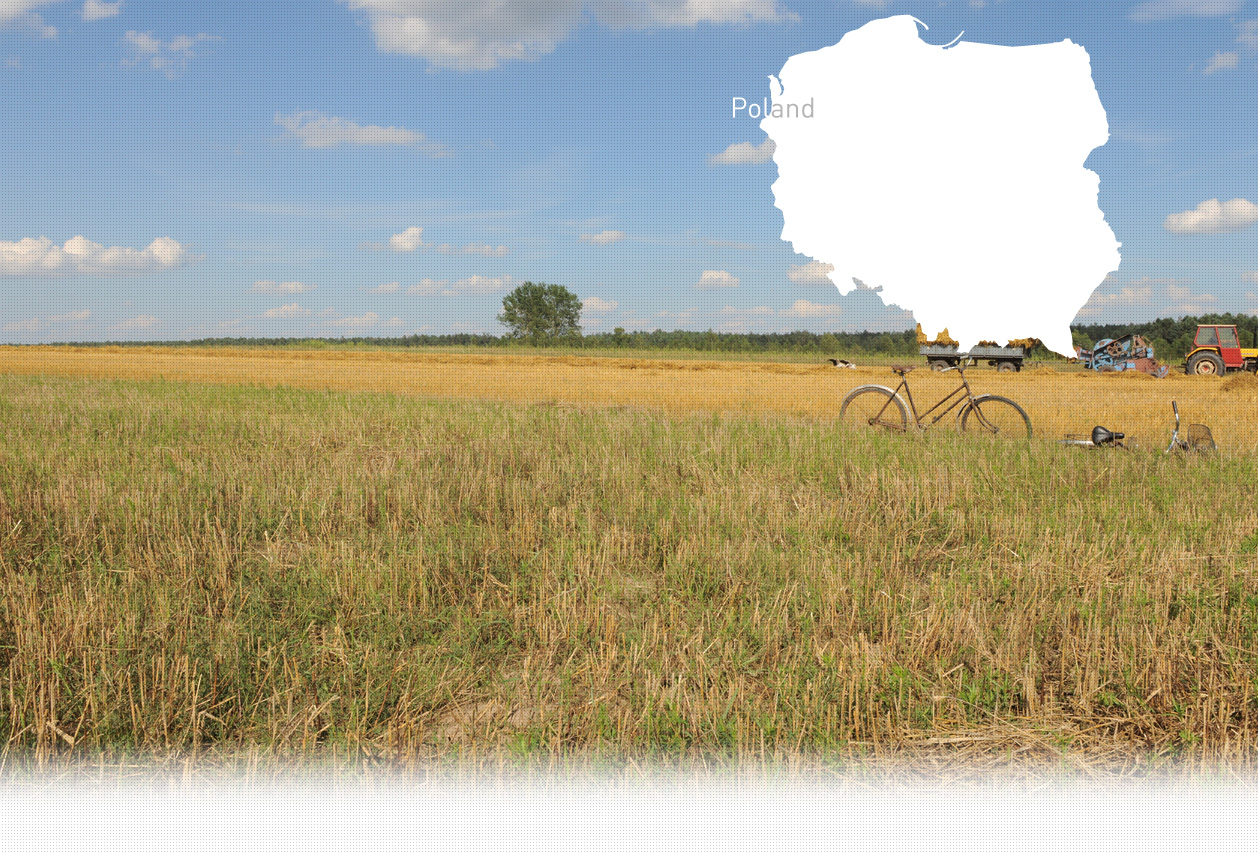

1 Killing site(s)
Zofia T, born in 1922, recalls: “People were standing in line on the other side of the road, there were a lot of them. People who were standing on this side had been already chosen. Every tenth person from this line was selected to be shot. They were counting to ten and ordered the tenth person to go by the monument to be shot. I only remember the beginning. There was a Jewish lady holding a baby in her arms. They killed them first. German shot the baby first, and then he shot her.” (Eyewitness n°72, interviewed in Staw, on July 19th, 2011)
“Two weeks after, the Germans, I don’t know from which brigade, 280 Jews, including children were taken to the firehouse, and kept inside in terrible closeness. I didn’t see Germans giving them something to drink. Afterwards they escorted them towards a pit near an alder. Together with Kazimierz W. we went outside from where the pit was visible and we saw the Jews entering the pit while the Germans were shooting them.” [Deposition of a local resident Jozef Cz., 56 years old, given in Staw on July 15, 1966; Institute of National Remembrance, DS 196/67, document 45-45rev]
Staw is a village located in the administrative district of Chelm in Lublin Voivodeship. It lays 10 kilometers north-west of Chelm and 65 km east of Lublin. Only one Jewish family had lived there before the Second World War, they owned an orchard. The village was inhabited by both Poles and Ukrainians and the Jewish community wasn’t significant. During the occupation, few Jews came to Staw after escaping from cities and ghettos to hide.
The Wehrmacht soldiers occupied Staw in the summer of 1941 after the primary occupation of the village by the Soviet army. The executions started in May 1942. According to the archives and accounts of the local witnesses there were three major executions in May-June 1942. On May 26th, 1942 after having gathered about 200 residents of Staw and Ochoza on a field in the middle of the village, the Germans chose ten residents and shot them dead allegedly accused of hiding the Jews or helping the Soviet prisoners of war. During the same execution a Jewess and her baby were shot while two other Jews were hung on a chestnut tree. After this crime, another one was conducted against 24 Jews native from Staw, Nowosiolki et Siedlicz. Among the victims there were children aged under 14. Prior to being executed they were gathered near the well located on the property of a Jew, names Leiba. Two weeks later, another group of about 280 Jews were first gathered in a firehouse, and then executed in a sand quarry, not far away from the mass grave of 24. The execution was conducted by an SS unit which arrived from Chelm for this purpose. During Spring 1944 Nazis came back to the village and exhumed the bodies to hide all the traces of their crime. According to some sources, a labor camp was created in Staw. Around 800 people worked there, mostly of Jewish origin.
Do you have additional information regarding a village that you would like to share with Yahad ?
Please contact us at contact@yahadinunum.org
or by calling Yahad – In Unum at +33 (0) 1 53 20 13 17